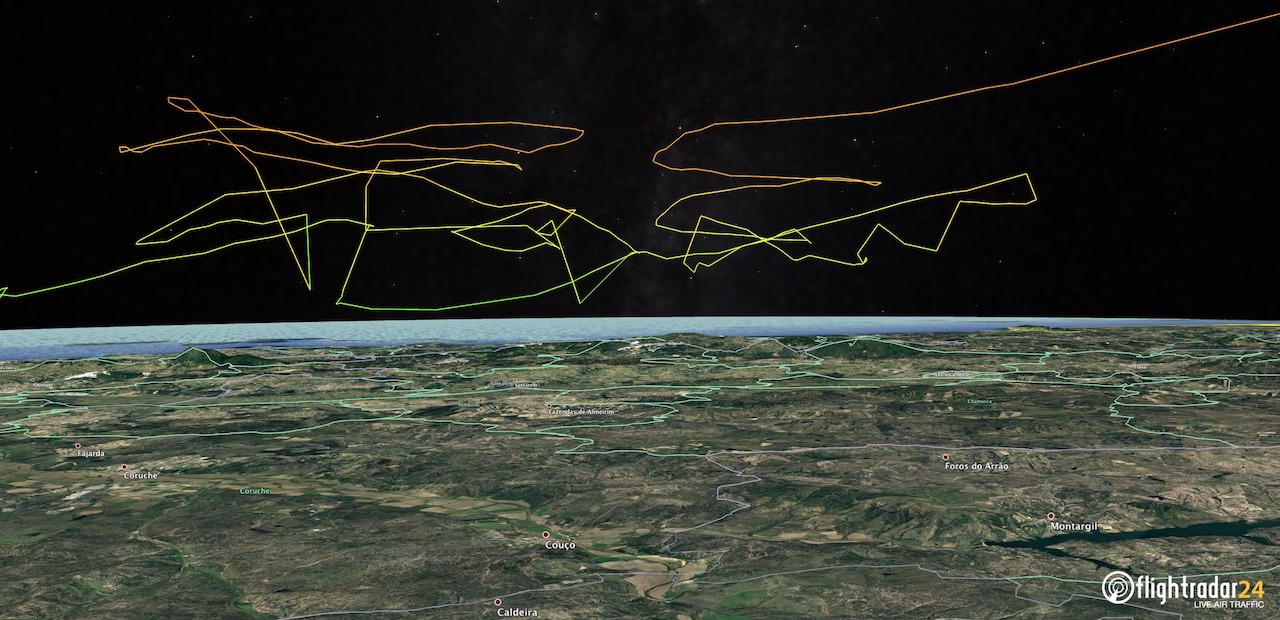Hopefully they remember how to hand-fly the A/C.The news is out now that the AoA sensor on the Ethiopian Airlines incident may have been damaged during the flight by a bird or foreign object of some sort. My first thought after learning of the pitching problem is that there must have been some false/faulty data coming from that sensor. It was reported yesterday that the pilots initially turned off the power to the trim motors, which would have been the correct procedure according to the emergency checklist. But then they inexplicably turned them back on when they were unable to regain control of the aircraft.
It seems they were at a loss to understand the issue at hand as they struggled to keep the nose of the airplane pointed skyward. It appears that the new software is going to have to provide for a simple and immediate override of these automatic systems which will allow pilots to quickly restore the aircraft to the proper flight attitude.

@satcom_guru is a good Twitter follow for this.
Last edited:




